Forums
- Forums
- Duggy's Reference Hangar
- RAF Library
- Avro Lancaster B Mk II
Avro Lancaster B Mk II
Post a reply
- Go to Previous topic
- Go to Next topic
- Go to Welcome
- Go to Introduce Yourself
- Go to General Discussion
- Go to Screenshots, Images and Videos
- Go to Off topic
- Go to Works in Progress
- Go to Skinning Tips / Tutorials
- Go to Skin Requests
- Go to IJAAF Library
- Go to Luftwaffe Library
- Go to RAF Library
- Go to USAAF / USN Library
- Go to Misc Library
- Go to The Ops Room
- Go to Made in Germany
- Go to Campaigns and Missions
- Go to Works in Progress
- Go to Juri's Air-Raid Shelter
- Go to Campaigns and Missions
- Go to Works in Progress
- Go to Skinpacks
- Go to External Projects Discussion
- Go to Books & Resources
-
3 years agoSat Jan 27 2024, 10:48amDuggy
 Main AdminWith the Avro Lancaster B.Mk I's, rolling of the production line in sufficient numbers they soon began to replace the Manchester, however as with a number of other aircraft the Lancaster relied on Merlin engines and as a result the Merlin engine was in danger of becoming in short supply. So to counteract this a Lancaster Mk B.II prototype was proposed and this used four 1,650-hp Bristol Hercules VI or XVI radial engines and flew for the first time on the 26th November 1941.
Main AdminWith the Avro Lancaster B.Mk I's, rolling of the production line in sufficient numbers they soon began to replace the Manchester, however as with a number of other aircraft the Lancaster relied on Merlin engines and as a result the Merlin engine was in danger of becoming in short supply. So to counteract this a Lancaster Mk B.II prototype was proposed and this used four 1,650-hp Bristol Hercules VI or XVI radial engines and flew for the first time on the 26th November 1941.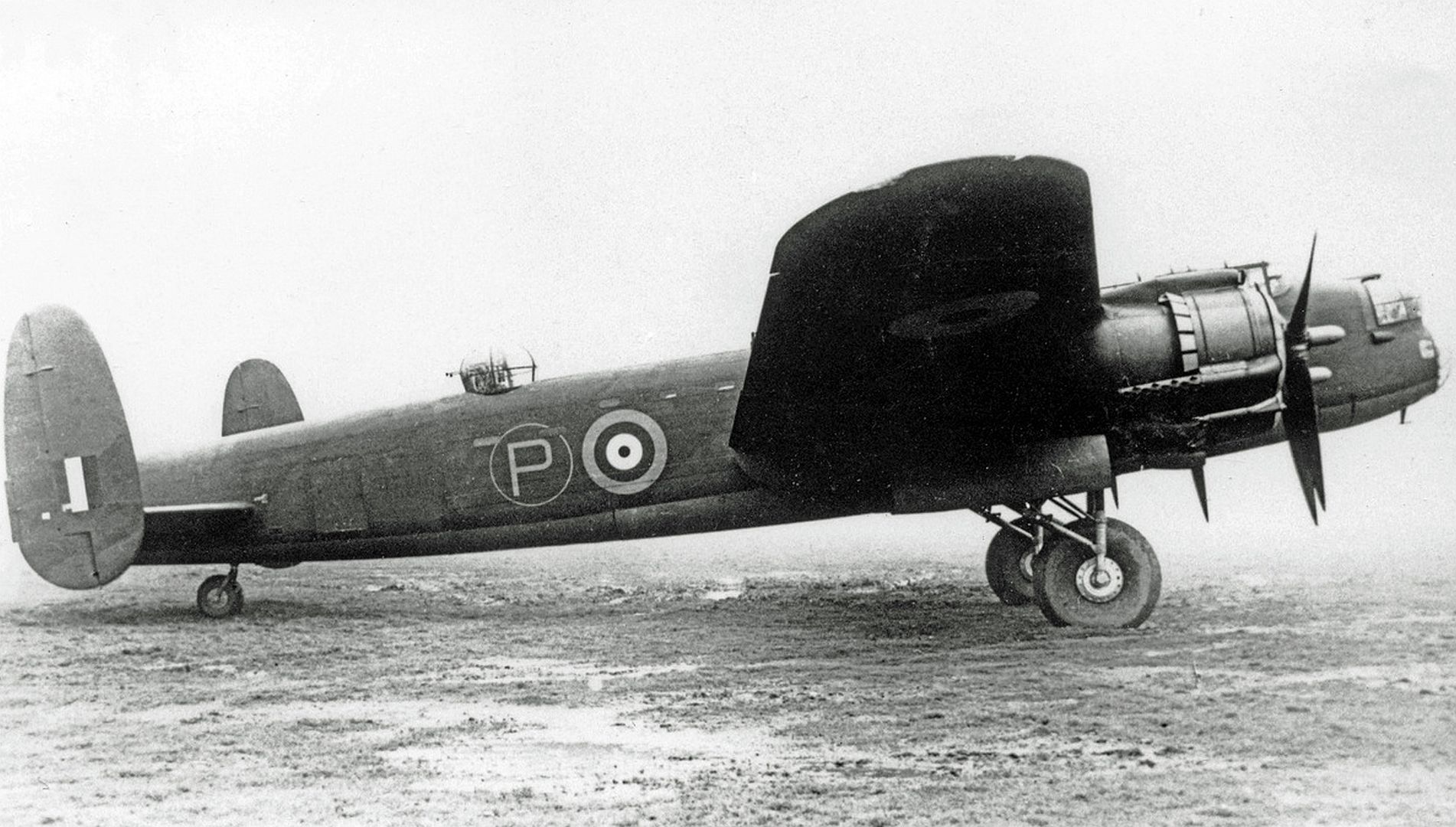
One difference between the two engine versions was that the VI had manual mixture control, requiring an extra lever on the throttle pedestal. Very early examples were fitted with an FN.64 ventral turret; however, these were quickly removed due to problems with aiming the turret through its periscope (which prevented the gunner from seeing a target he was not already aiming at), and inadequate traverse speed.
The Lancaster Mk B.II had a top speed of 270 mph, range of 2,250 miles, service ceiling of 18,500 ft and armament consisted of up to ten 0.303-in machine-guns and 14,000lb bombs.
Due to the Luftwaffe Schräge Musik attacks, a variety of unofficial field modifications were made, including fitting of 20 mm cannon or a .50 inch machine gun in the open hole where the FN.64 had been installed, before an official modification (Mod 925) fitted with a .303 inch machine gun was authorised for the same location, though not in all aircraft. These were rarely installed on other variants as the H2S radar that was not used on the B II was mounted there. Three types of bulged bomb bay were used on the B II, the prototype having a narrow bulge running from just aft of the cockpit to the end of the bomb bay, while early production examples had a full width bulge that ran the same length and on late production examples the bomb bay doors were prominently bulged throughout their length.
The first production example flew on the 2nd September 1942, that same month three Mk B.IIs from the first production batch were sent to the Aeroplane and Armament Experimental Establishment and nine were sent to equip No. 61 Squadron based at RAF Syerston. This squadron was to perform service trials and had previous experience with the Lancaster after formally being a Lancaster Mk I squadron. Minor problems with the aircraft were experienced during the early part of its operational use. The Mk B.II made its operational debut on the 11th January 1943 when two took part in a raid on Essen, Germany and during its six months with No. 61 Squadron they did not lose any of the planes assigned to them.
One of the main drawbacks of the Bristol Hercules powered Mk B.II was its low service ceiling and it was the slowest of all the Lancaster variants and after 301 had been produced, production was ended. The Mk II flew its last mission on the 23rd September 1944 with No. 514 Squadron and although a few remained in service, even into the post-war era, they were mainly used as test-beds and the last Mk B.II was scrapped in 1950.
Lancaster Mk II (LL735) was converted to test the Metropolitan-Vickers F2 "Beryl" axial-flow engine in 1944,The conversion was done by Armstrong Whitworth, with the engine being mounted in the rear,with a single intake being on the top of the fuselage in front of the twin tail plane, the dorsal turret being removed.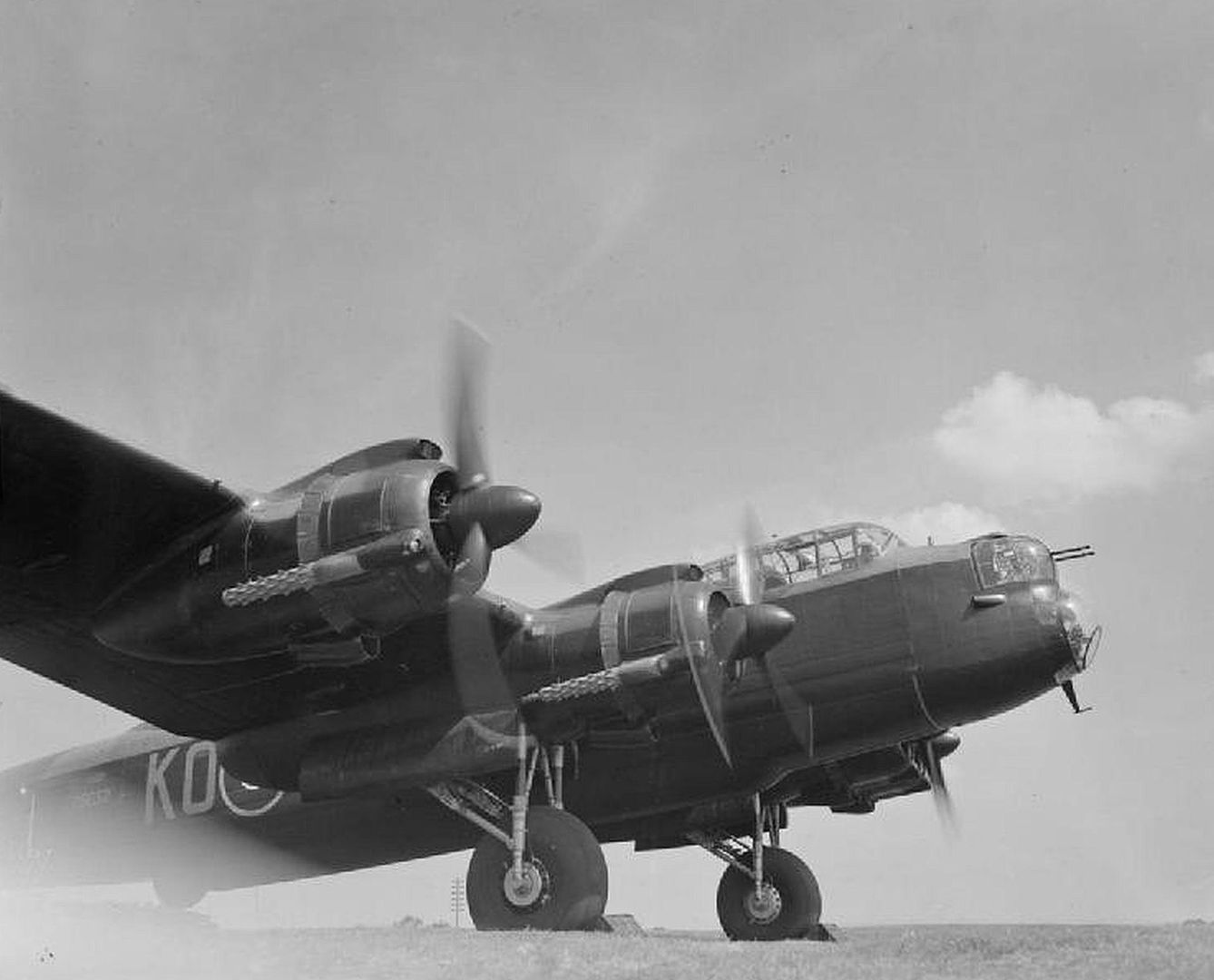
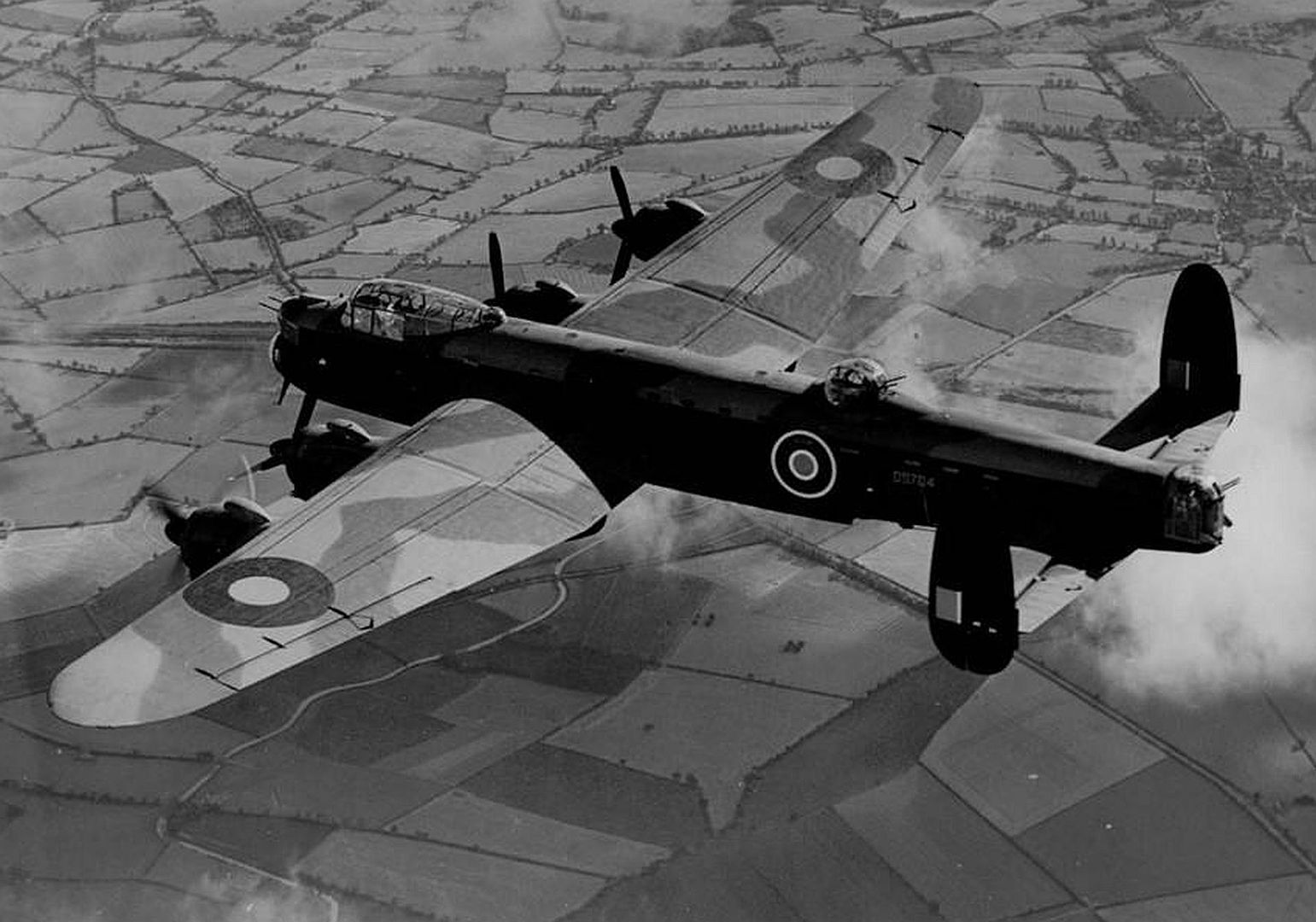

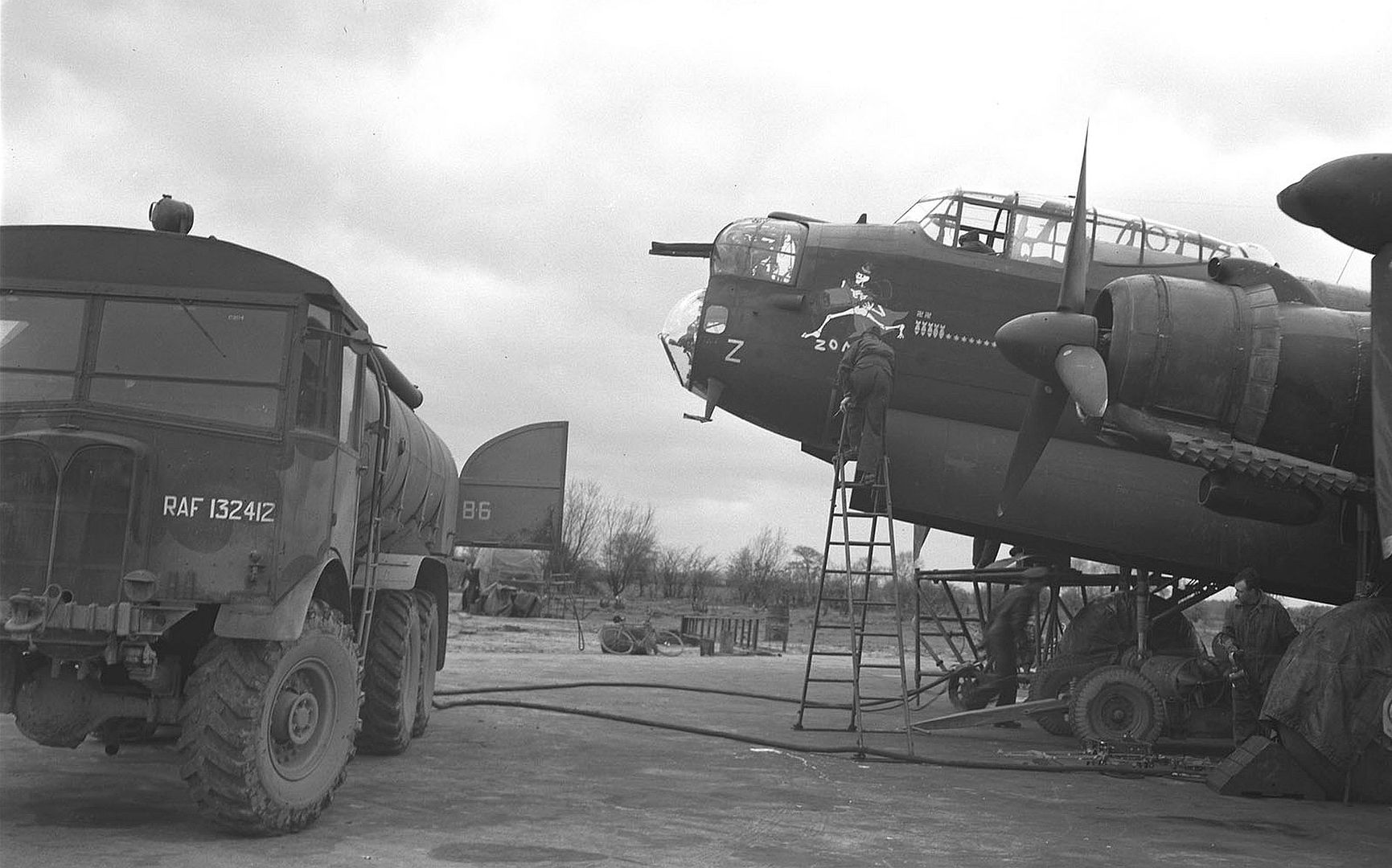
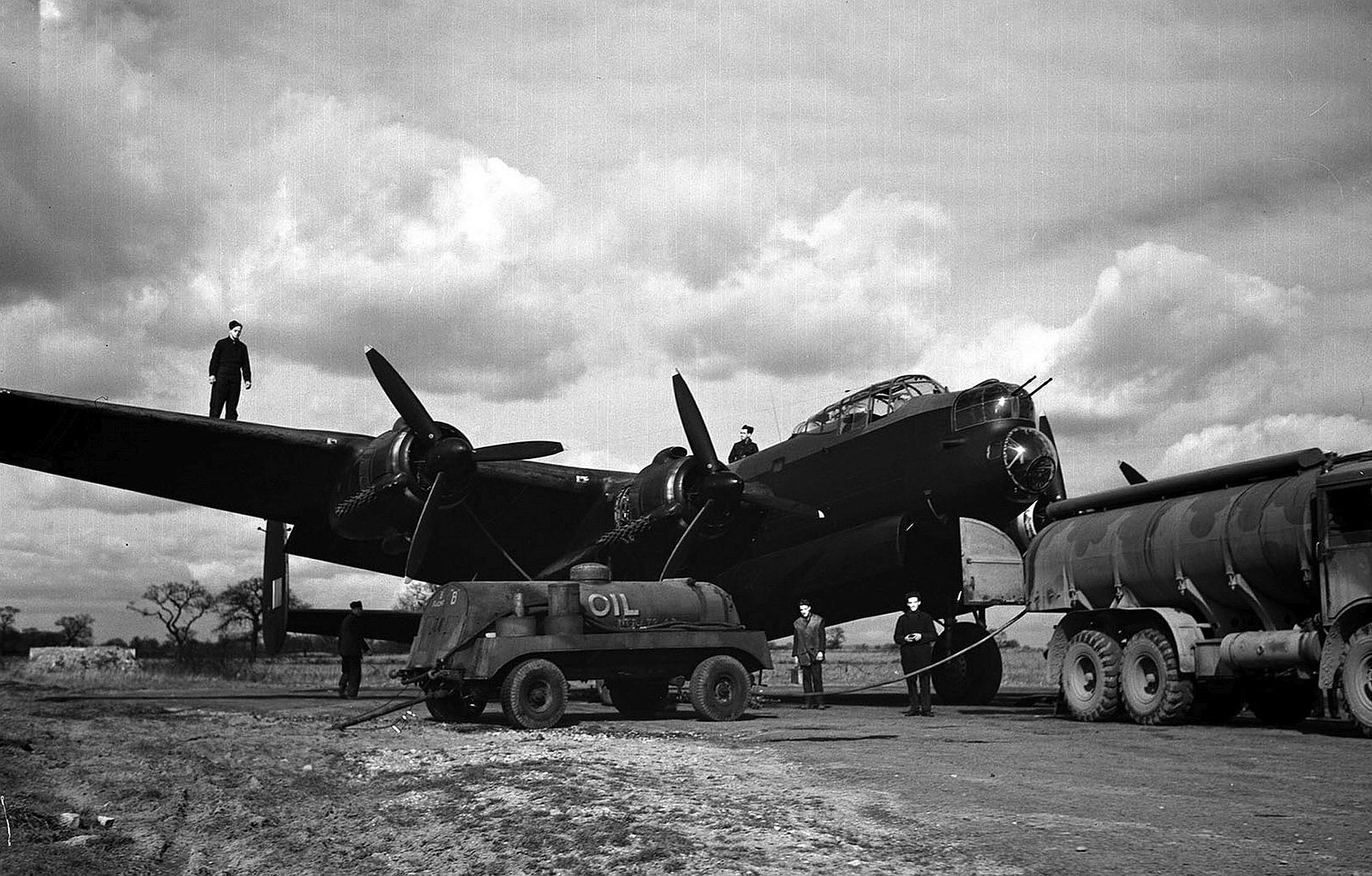
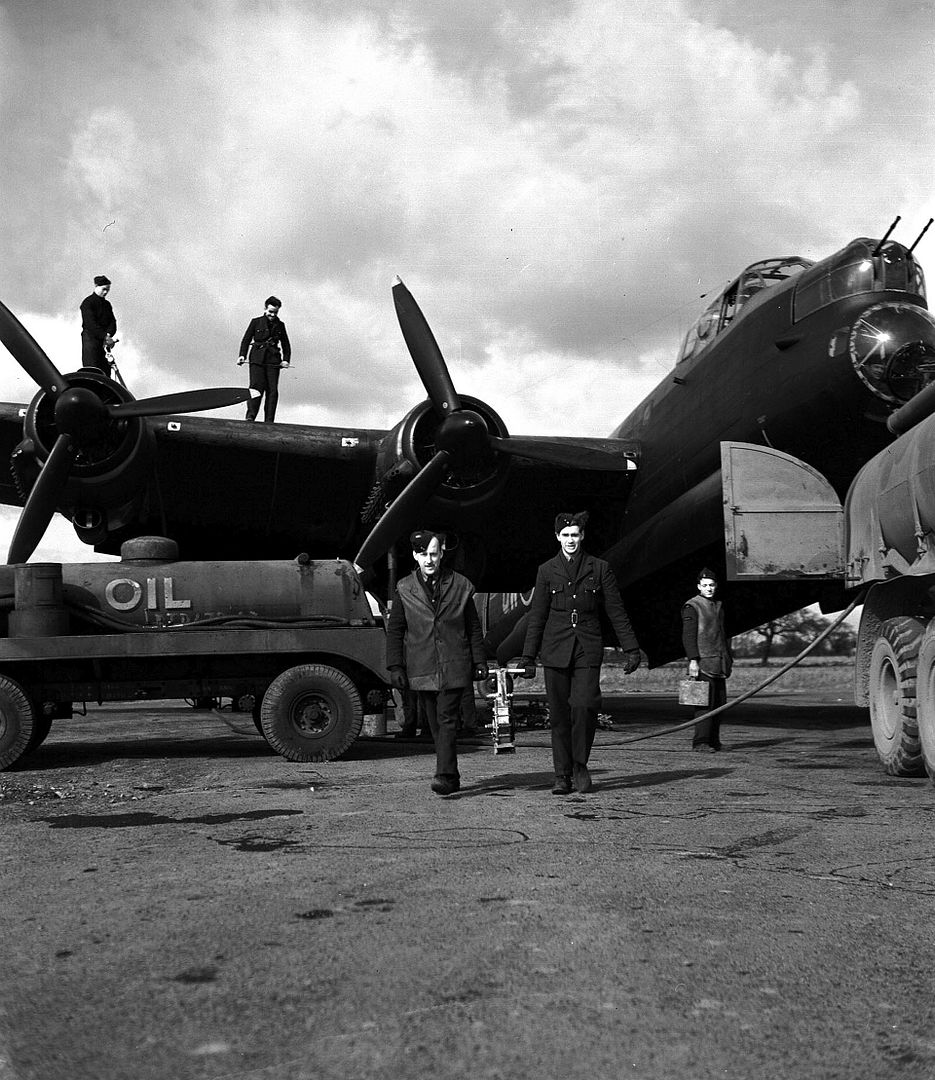

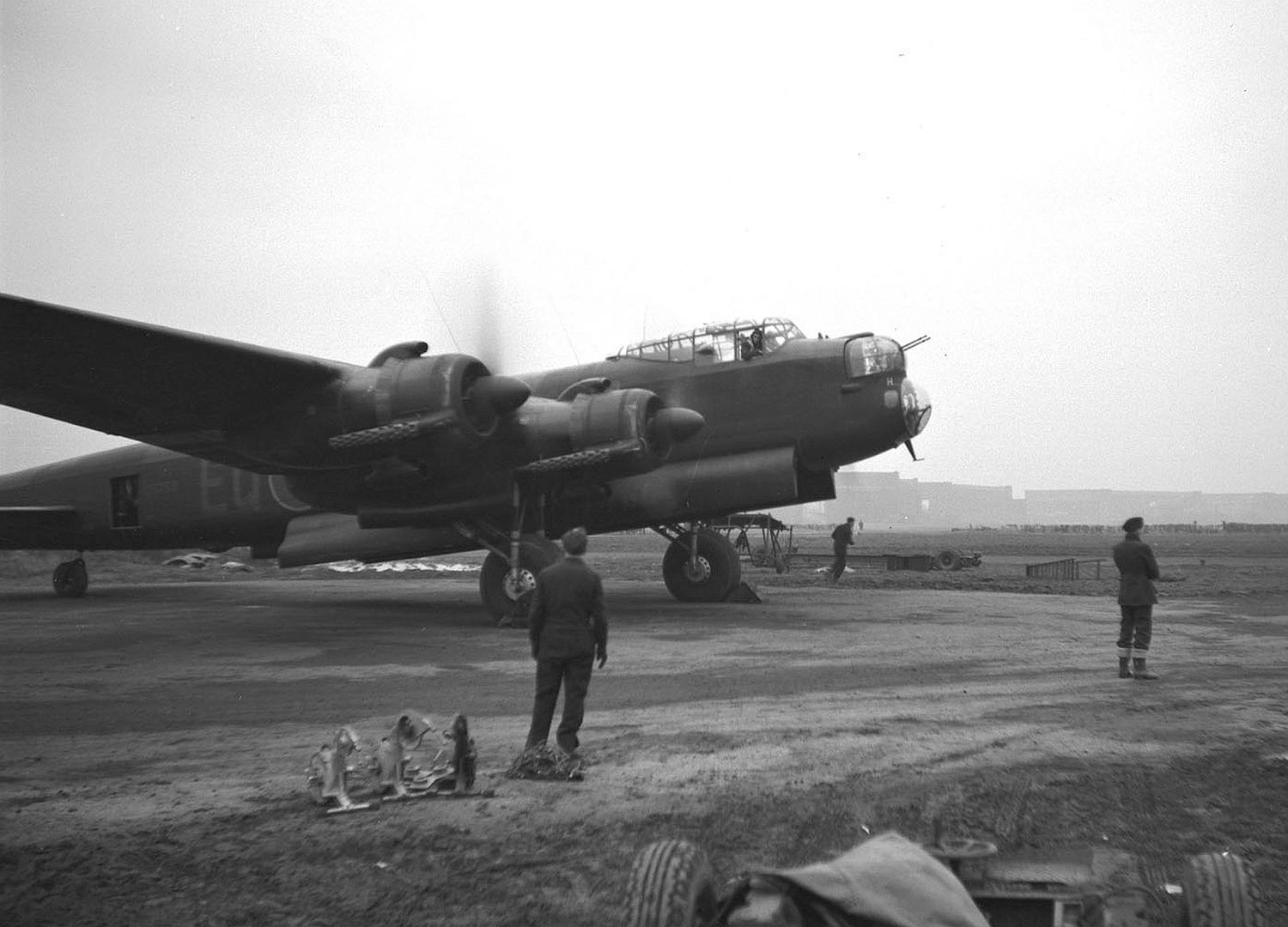

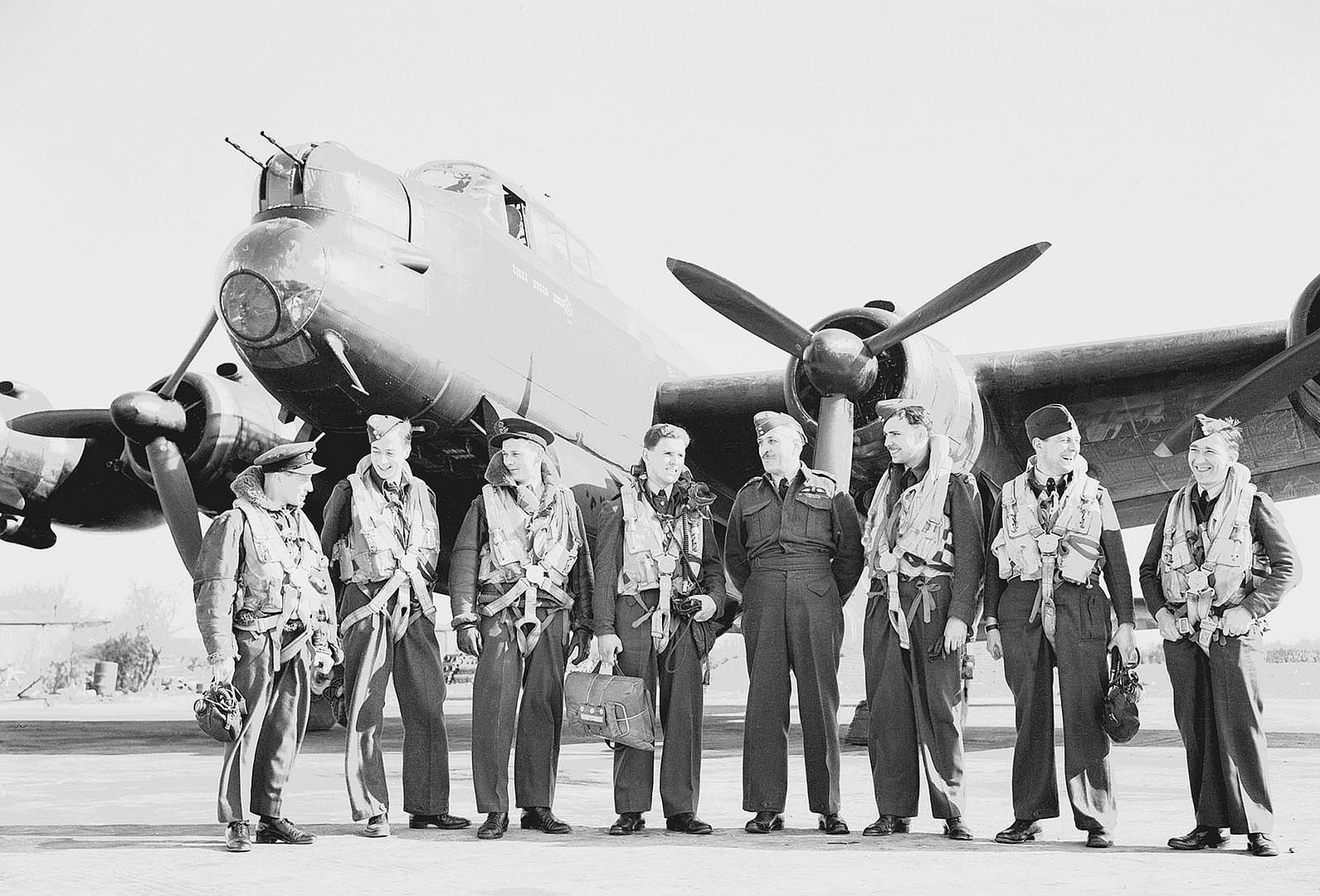
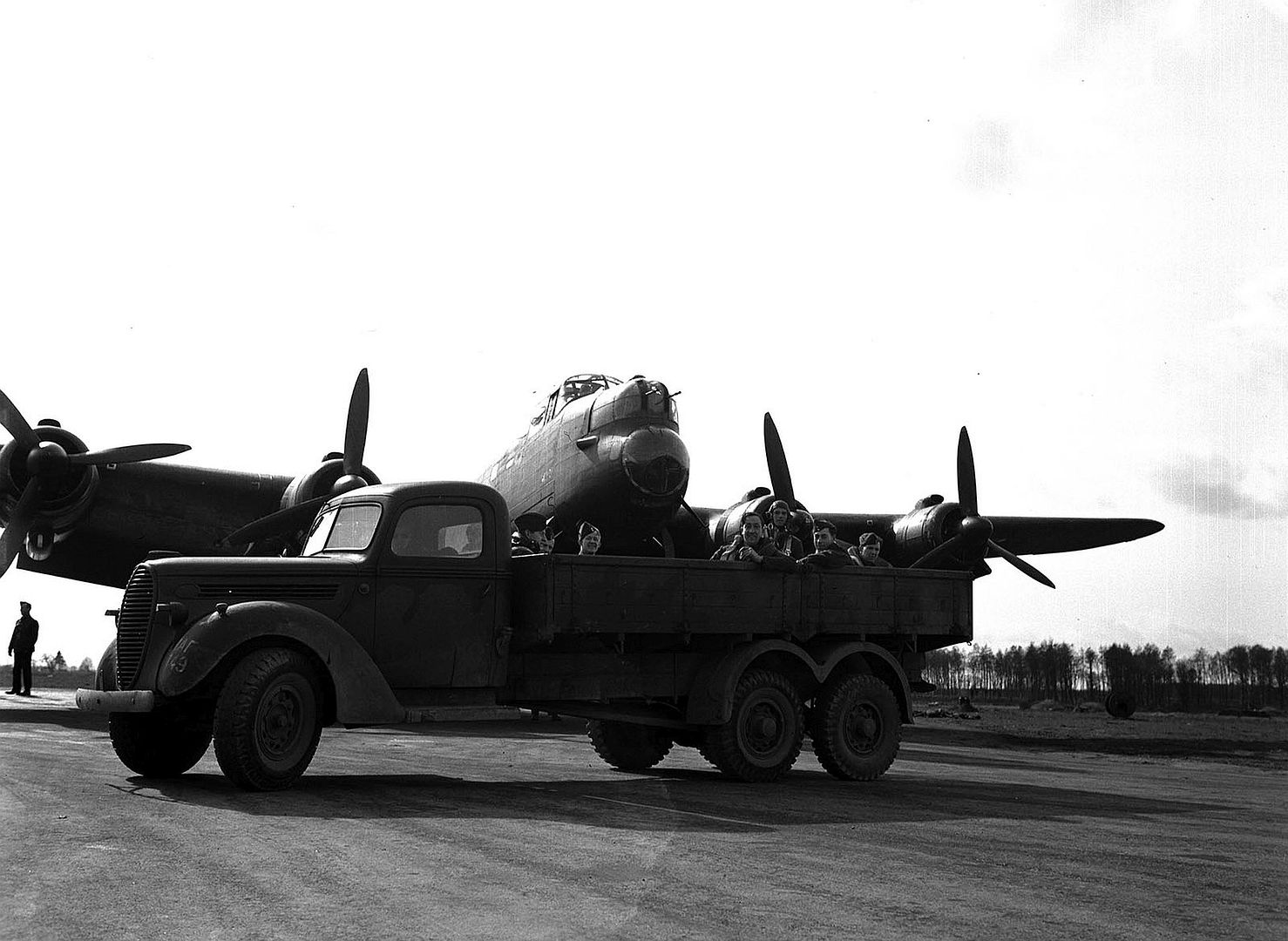

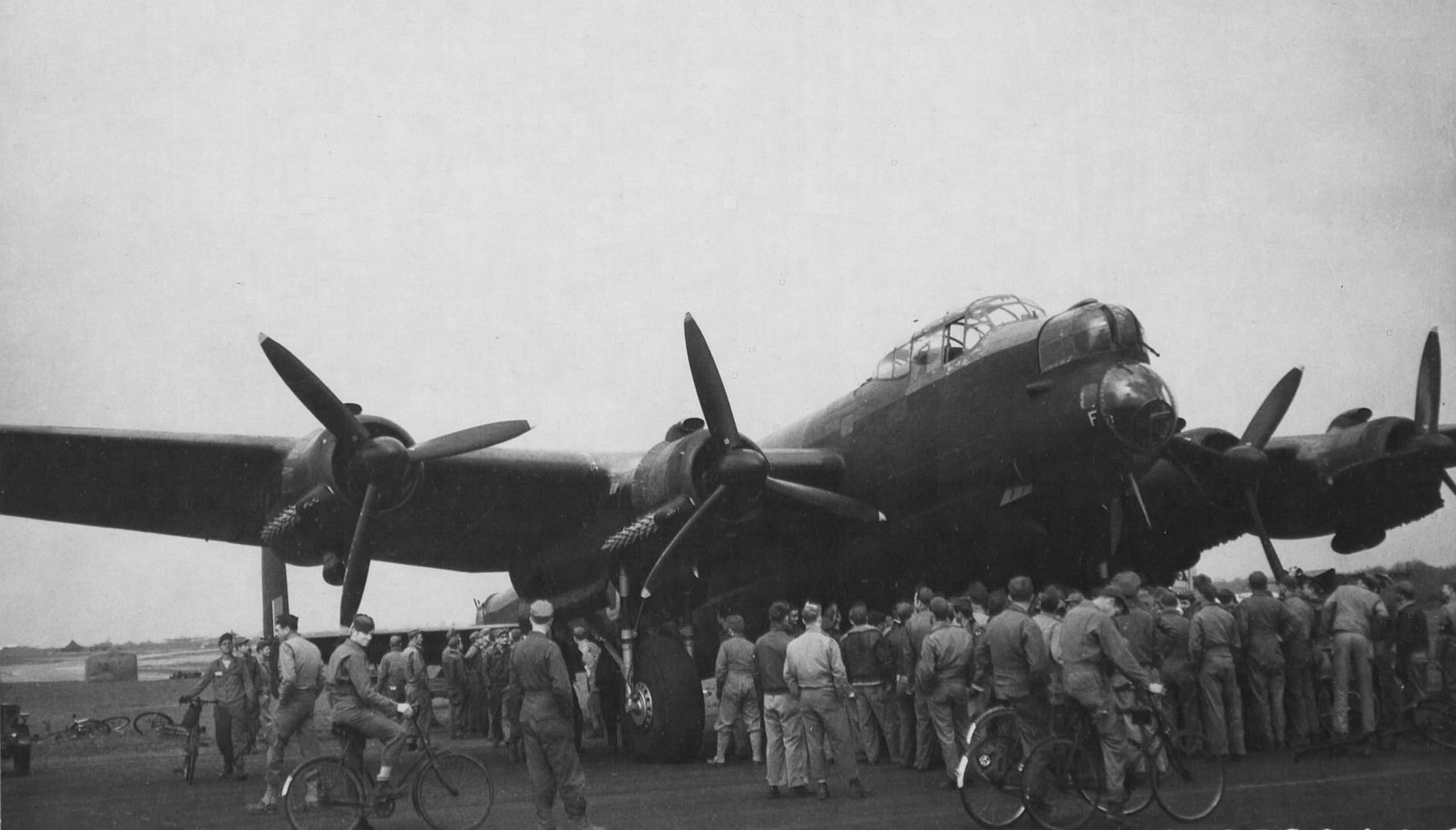
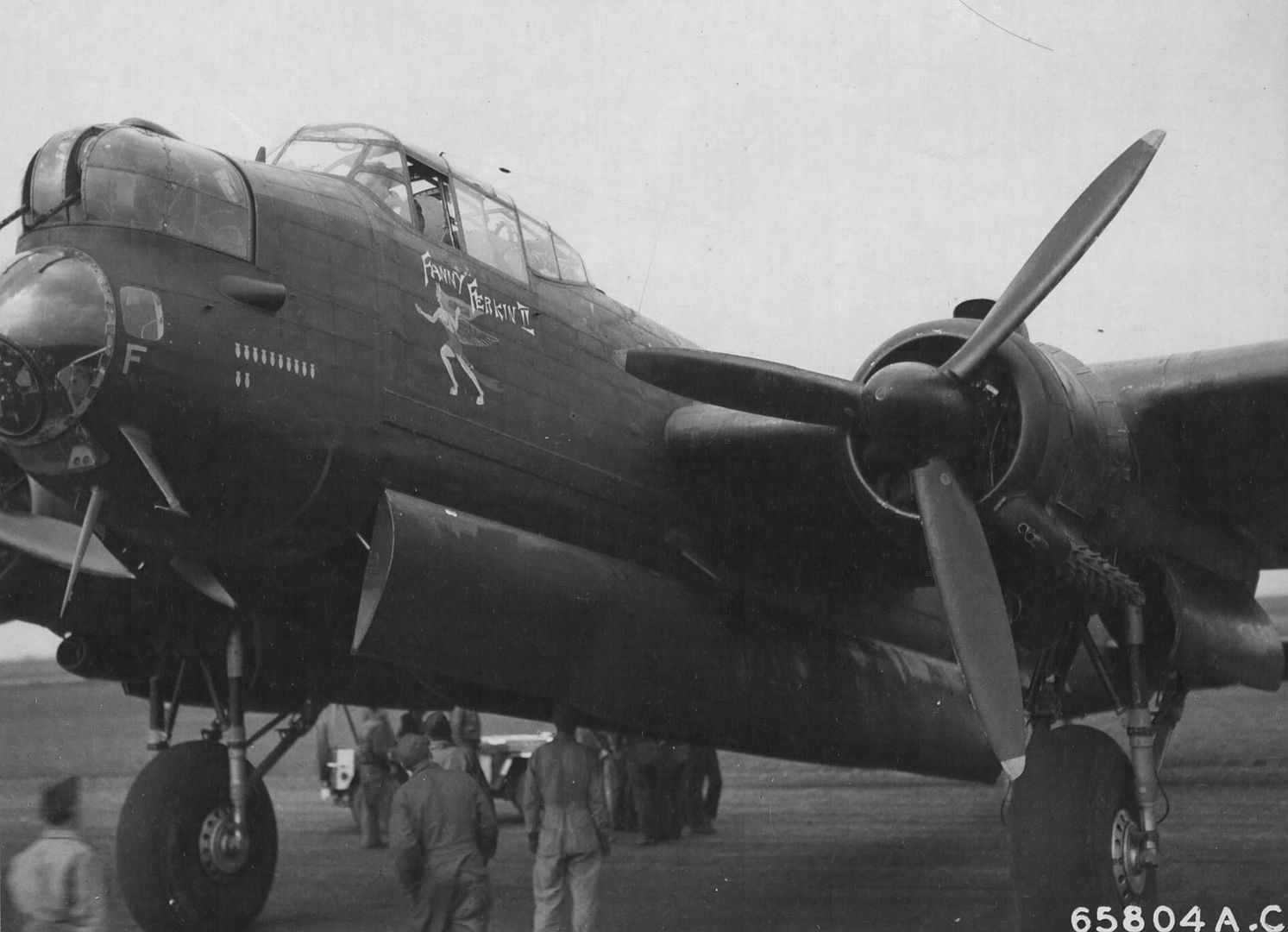
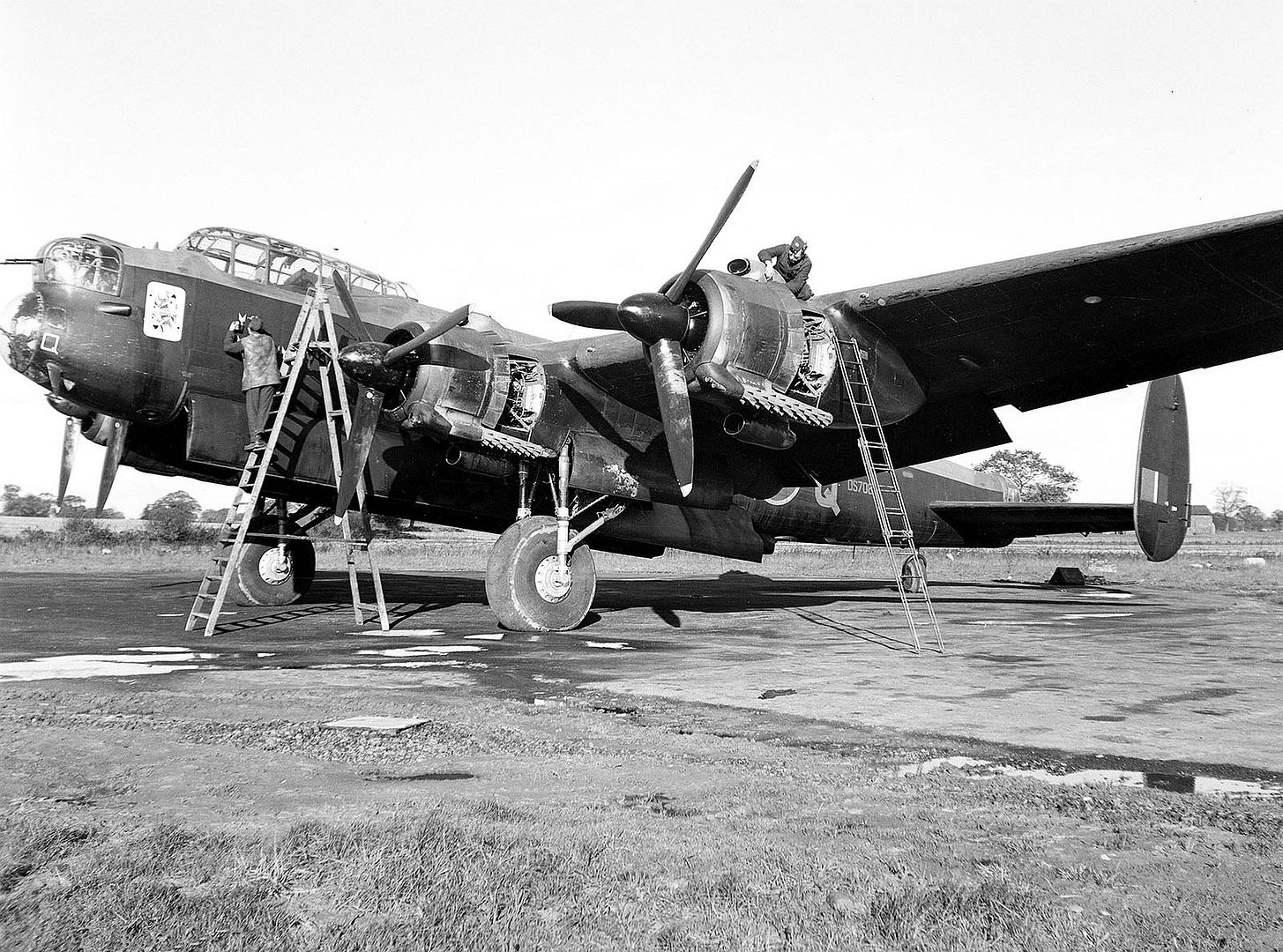

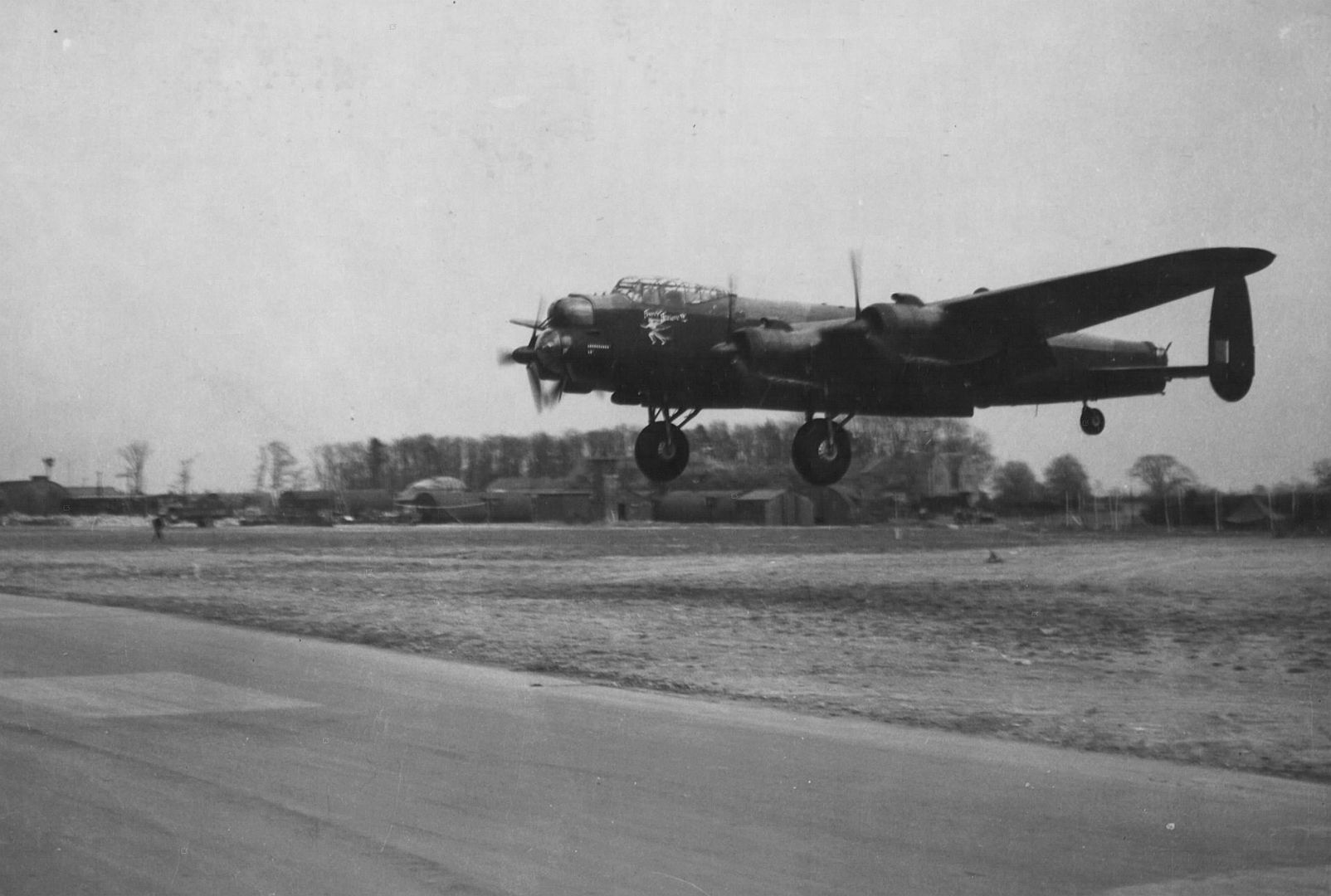 .
.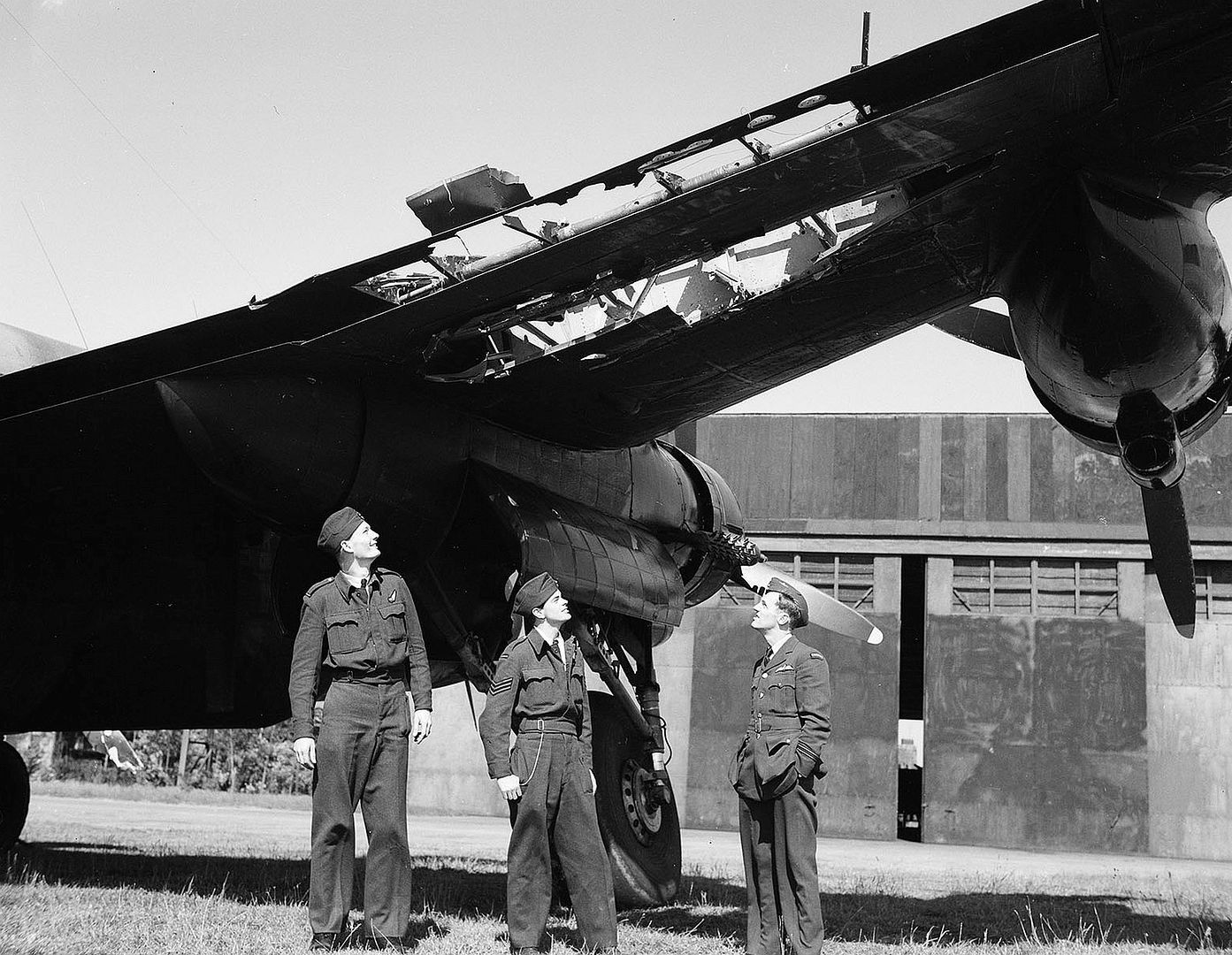
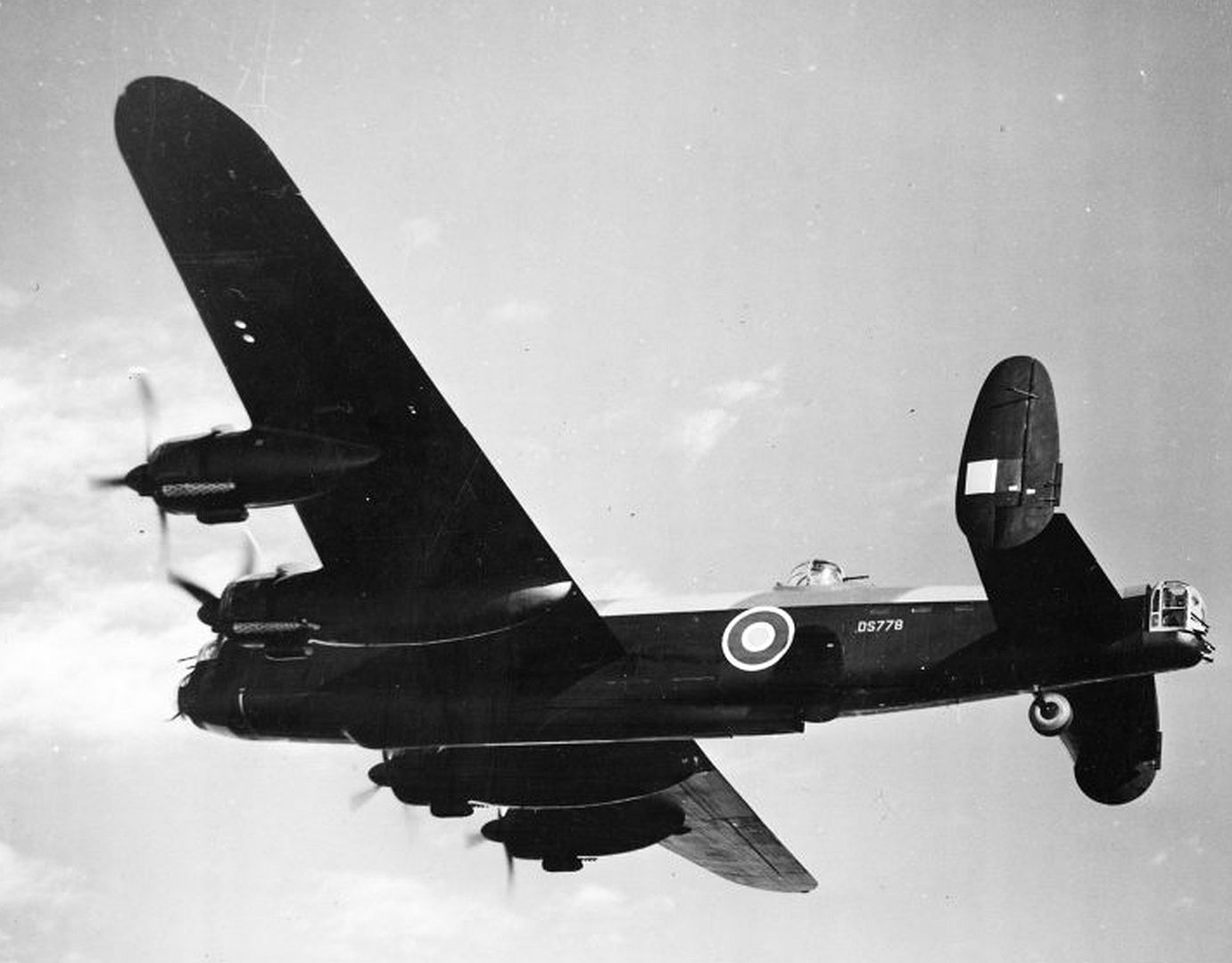
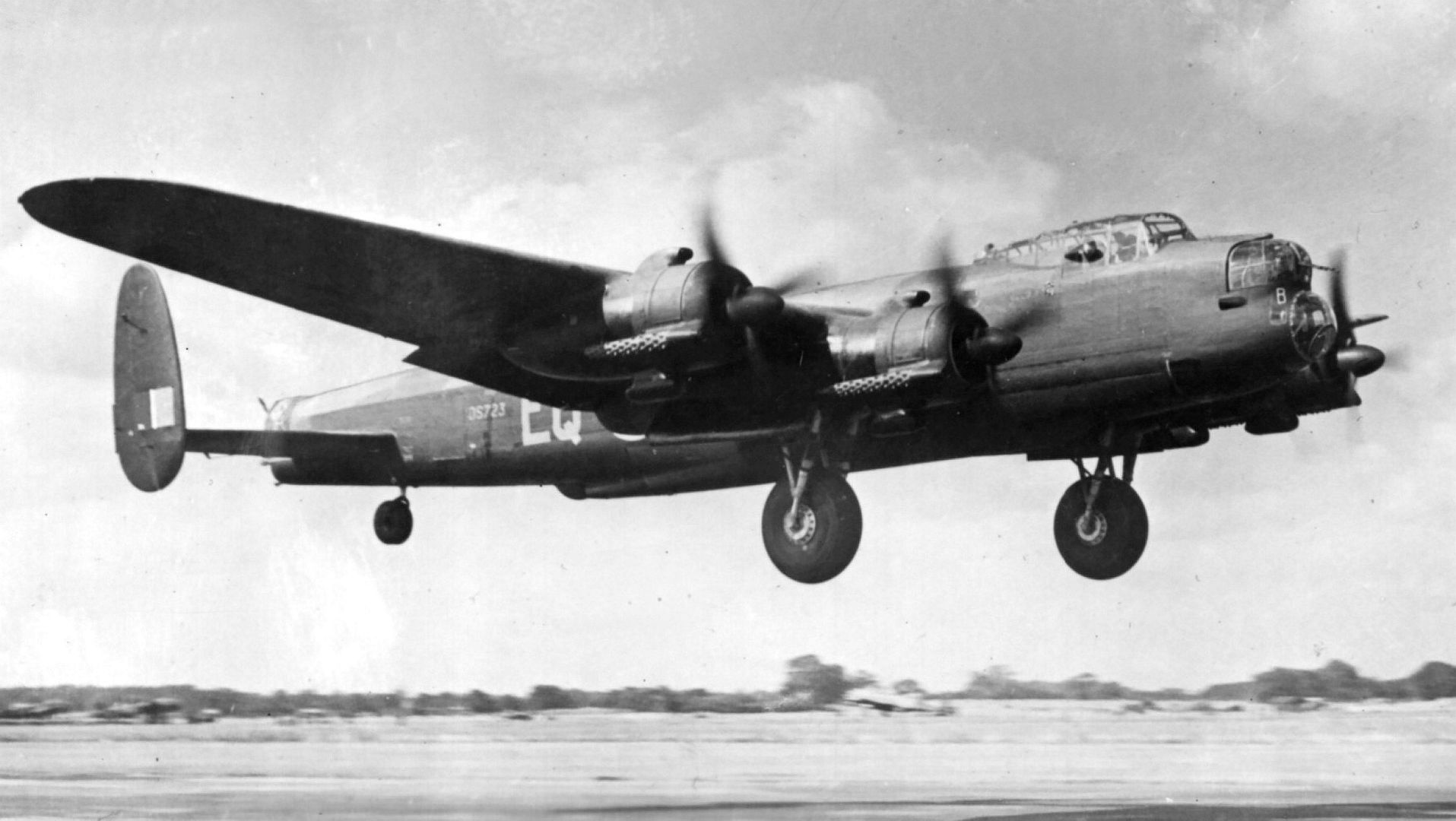
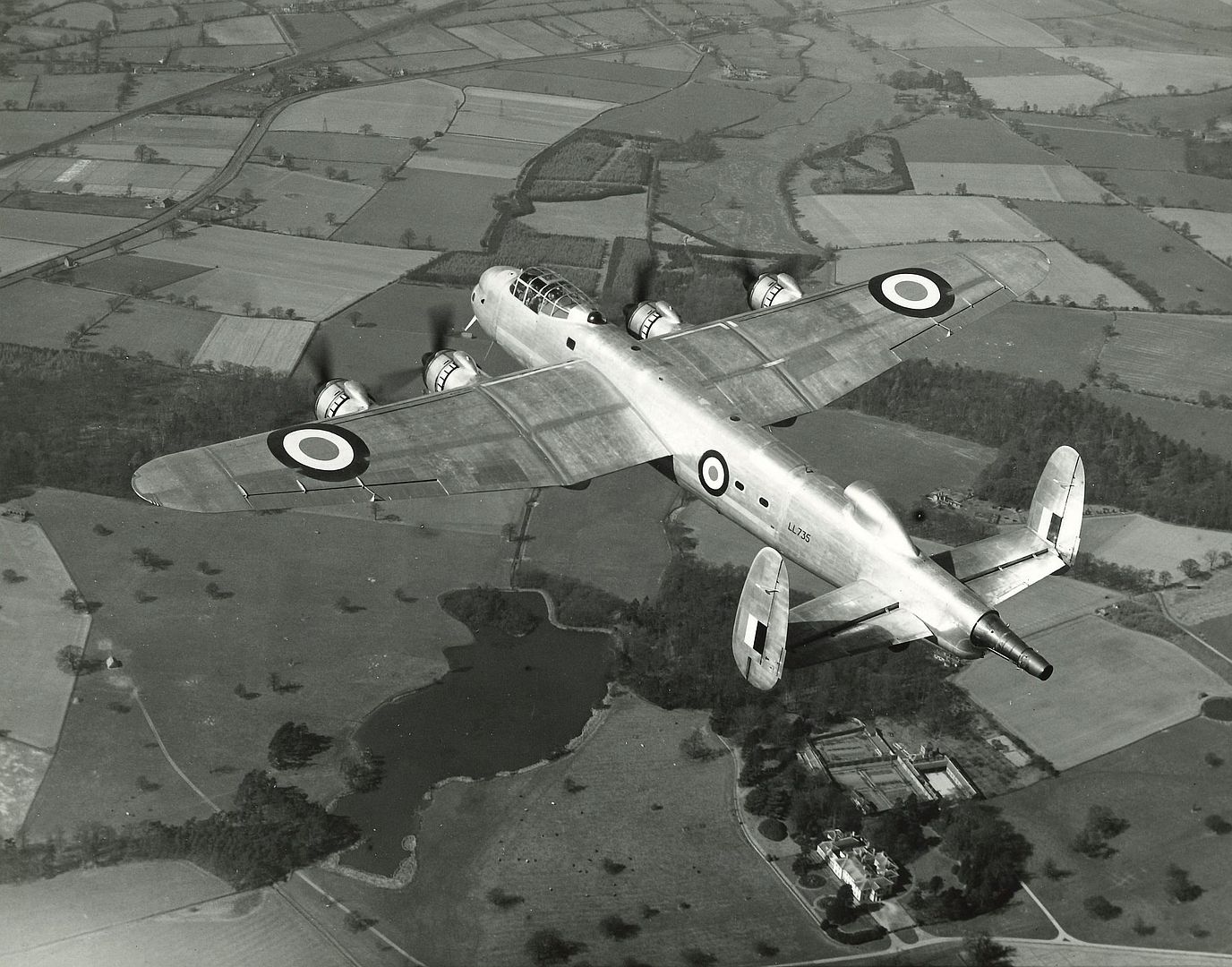
Post a reply
- Go to Previous topic
- Go to Next topic
- Go to Welcome
- Go to Introduce Yourself
- Go to General Discussion
- Go to Screenshots, Images and Videos
- Go to Off topic
- Go to Works in Progress
- Go to Skinning Tips / Tutorials
- Go to Skin Requests
- Go to IJAAF Library
- Go to Luftwaffe Library
- Go to RAF Library
- Go to USAAF / USN Library
- Go to Misc Library
- Go to The Ops Room
- Go to Made in Germany
- Go to Campaigns and Missions
- Go to Works in Progress
- Go to Juri's Air-Raid Shelter
- Go to Campaigns and Missions
- Go to Works in Progress
- Go to Skinpacks
- Go to External Projects Discussion
- Go to Books & Resources
